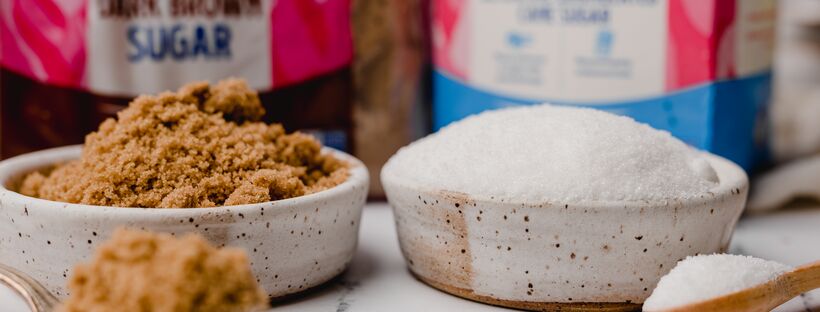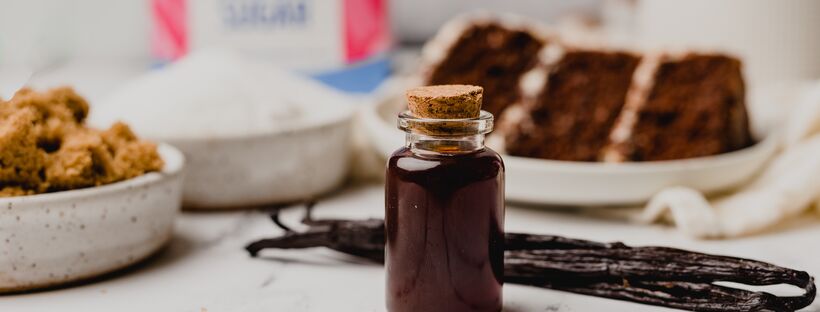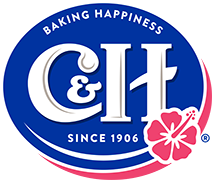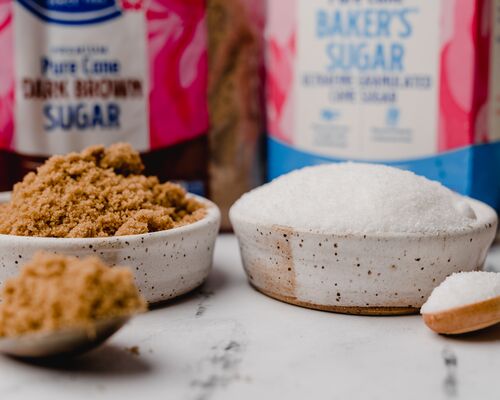
Setting straight myths and misconceptions.
Want to take your baking to the next level? Let’s uncover five baking myths that can lead bakers astray. With the right knowledge, you’ll be baking like a pro in no time.

Myth #1: Only use unsalted butter when baking.
Both unsalted and salted butter are perfectly acceptable when baking. There is a lot of debate on which is superior, but both have benefits. Unsalted Butter, for example, allows complete control over the salt content within a recipe, and further, unsalted butter is often considered fresher or purer in flavor, because it doesn’t have salt as a preservative. On the other hand, salted butter is often thought of as a guaranteed method for depth and flavor in a recipe. Many bakers use salted butter by default, feeling without it, baked goods lack flavor. Next time when trying a recipe, consider which butter to use—salted or unsalted—and experiment, finding out which option works best for you.

Myth #2: Sugar’s sole purpose is to sweeten.
Yes, sugar does provide delicious sweetness to baked goods, but it has other roles that are critical to a dessert’s consistency, color and texture. For example, sugar from C&H® Granulated Sugar Easy Baking Tub can be toasted on top of custard caramelizes as it hardens, providing that legendary crack in Crème Brûlée, and brown sugar, which has molasses, infuses unique caramel notes into baked goods. Sugar is critical to keep cakes moist and soft when baked, and further, for cookies, sugar influences how much a cookie will spread when baked. So, next time you’re baking with sugar, remember it has many purposes, making the end result irresistible.
Myth #3: Baking soda and baking powder are interchangeable.
Yes, baking soda and baking powder are both leavenings, but they have different jobs. Without diving too deep into the science of these agents, there are a few things to understand. Baking soda is activated when an acidic ingredient like buttermilk or sour cream is introduced. Little bubbles are created, aiding in lift and lightness when baked. Baking powder, on the other hand, is activated by the contact of a liquid regardless of acidity, again aiding in lift and lightness. It’s important to note that these two ingredients are often used in tandem, creating the perfect balance to lift and expand a baked good.
Another misconception is that baking soda and baking powder have an indefinite shelf live, but in reality, both baking soda and baking powder have expiration dates and will lose their leavening power over time.

Myth #4: Flavored extracts can be added in any step of a recipe.
Baking is all about flavor, right? Extracts, like vanilla, orange, strawberry, lemon, etc. are imperative to providing depth of flavor to baked goods. If using a stovetop, extracts should be added at the end of the cooking process, as to not compromise flavor. Further, if baking something like cookies or cakes, extracts should be added in the middle, so the extracts can bond to fatty ingredients, like butter. This will maximize flavor, taking your baked goods to the next level.
Myth #5: There is wiggle room when measuring ingredients.
This is perhaps the most important myth and why many bakes don’t turn out as expected. When cooking savory dishes like soup, pasta, salads, etc., adding an extra pinch of salt, or extra minced garlic won’t negatively influence a dish, but with baking, this is the opposite. Adding an extra ¼ cup of flour can mean the difference between a soft and chewy cookie and a dense and dry one. With baking recipes, measurements should be strictly followed and further, the instructions of when to add these ingredients should be adhered to as well. Remember, baking is as much a science, as it is an art.

Recipe by
Kindra Lloyd
@therosewifebakes
Kindra is a baker and food photographer based in Santa Cruz, California that creates unique and delicious desserts. Expressing herself through creative baking is her greatest passion and she loves sharing her knowledge with the baking community.



